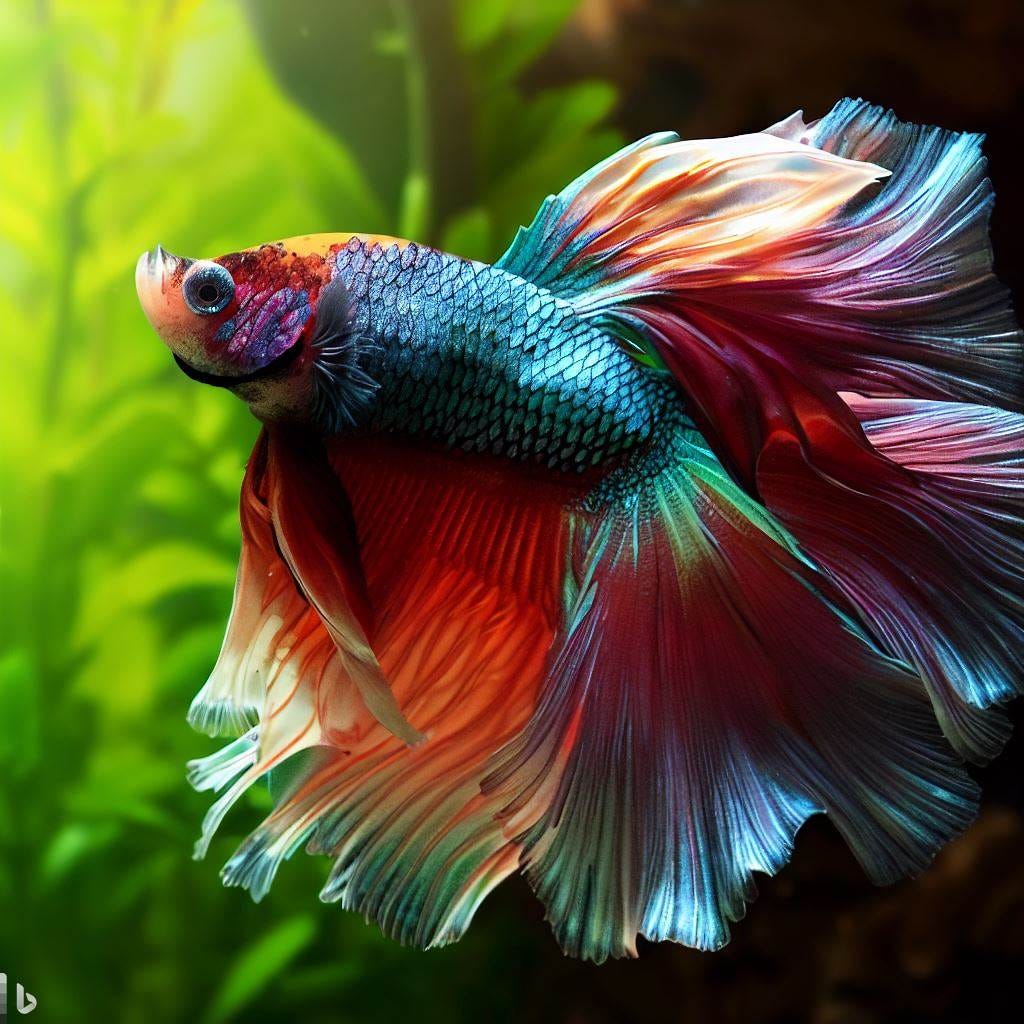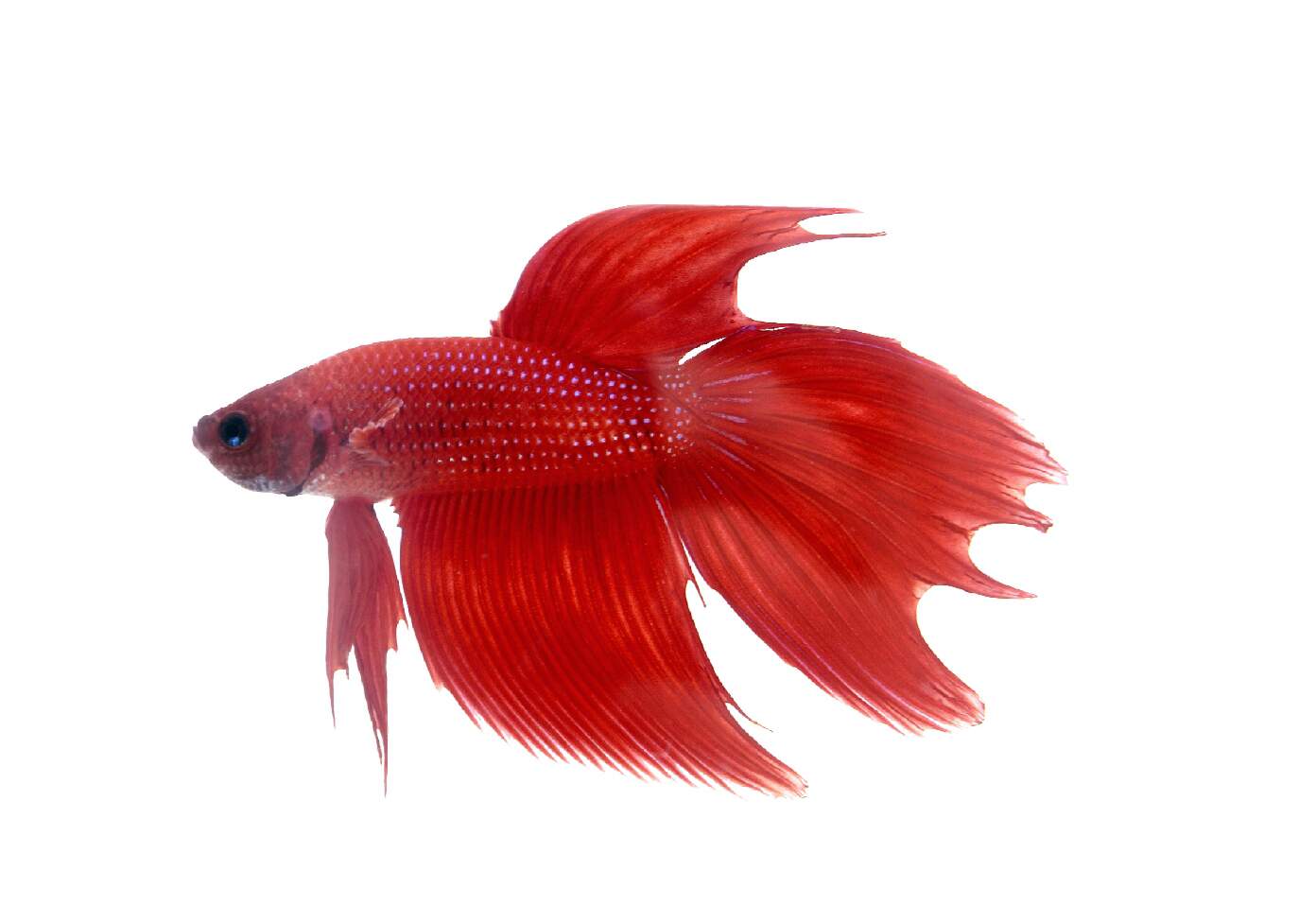Reproducing Betta Fish: a Comprehensive Step-By-Step Guide to Effectively Raising Child Bettas From Eggs to Adulthood
Breeding Betta fish is a meticulous venture that calls for mindful preparation and execution to make sure the successful advancement of fry from eggs to grow fish. As the male Betta faithfully constructs a bubble nest and guards the valuable eggs, the subsequent phases of care and shift demand interest to information and knowledge of ideal methods.

Selecting Reproduction Pairs
When starting the trip of reproducing Betta fish, selecting the right breeding pairs is important to accomplishing desirable characteristics and a healthy lineage - betta fish. The very first step in this procedure is to recognize the specific characteristics you want to boost or preserve, such as color, fin type, and body form. It is crucial to select genetically varied sets to avoid inbreeding, which can result in health concerns and undesirable qualities
Assess prospective breeding candidates carefully. A healthy and balanced male Betta needs to show dynamic colors, an active behavior, and well-formed fins, while the female ought to also show vivid pigmentation and a rounded stubborn belly, suggesting preparedness for spawning. Observing the character of both fish is important, as aggressive or excessively shy people may not reproduce efficiently.
Maintaining documents of the parent fish's ancestry can help you track hereditary traits and prospective problems. Eventually, spending time in the choice procedure will dramatically boost the likelihood of producing strong, dynamic children that satisfy your breeding goals.

Preparing the Breeding Storage Tank
Developing an optimum breeding environment is a crucial action after picking appropriate pairs for Betta fish. The reproduction storage tank should be especially developed to provide convenience and promote the natural reproduction behaviors of the fish. Beginning with a storage tank dimension of at the very least 10 gallons to ensure adequate area for both the male and women Bettas.
Maintain a mild filtering system to maintain the water clean while staying clear of solid currents that can stress the fish. Furthermore, an air rock can be added to provide oxygenation without interrupting the water surface excessive.
Temperature level regulation is critical; purpose for a stable variety of 78-82 ° F(25-28 ° C) using a dependable heating system. The pH level must be maintained between 6.5 and 7.5, and routine water changes are needed to ensure high water high quality.
Include floating plants or spawning mops to develop hiding places for the female, while likewise urging bubble nest building by the man - betta fish. Ultimately, guarantee the tank is free from sharp designs and any kind of possible risks, as the welfare of the fish need to constantly be prioritized throughout this important stage of breeding.
The Breeding Refine
Commonly, the reproducing procedure for Betta fish entails a series of distinct and observable actions that indicate readiness for recreation. The male Betta starts by constructing a bubble nest at the water's surface, which functions as a website for the fertilized eggs. This nest is crucial, as it provides a safe setting for the eggs up until they hatch.
Once the nest is established, the man will certainly present courtship actions, such as flaring his fins and showing vivid shades to draw in the woman. The female, upon picking up the man's preparedness, will visite site respond by displaying upright red stripes along her body, indicating her receptiveness.
When the female strategies, the male involves in a mating dance, commonly resulting in an embrace known as the "spawning." Throughout this welcome, the lady releases her eggs, which the male fertilizes immediately. The fed eggs then fall to the bubble nest, where the male meticulously accumulates and returns them to the nest. Following this, the male thinks obligation for protecting the nest and ensuring the safety and security of the eggs up until they hatch, commonly within 24-36 hours. This stage is critical in the reproducing process, laying the structure for successful fry development.
Taking Care Of Betta Fry
Taking care of Betta fry requires careful interest to their setting and nutrition to make sure healthy growth and growth. After hatching, Betta fry are very small and prone, necessitating a steady and tidy habitat. Preserving a water temperature level between 78 ° F and 80 ° F is vital, as Betta fry thrive in cozy problems. Additionally, make sure that the water is free of damaging contaminants; regular water modifications of 10-20% are recommended to maintain optimum water quality.
Feeding Betta fry is just as vital. Feed them little quantities a number of times a day, being cautious not to overfeed, which can lead to water high quality problems.
Transitioning to Adult Bettas
As Betta fry mature, transitioning them to adult Bettas is an important stage that needs mindful monitoring of their setting and social communications. This process normally begins when the fry reach best site around 6 weeks old, at which point they can be slowly presented to a hop over to here much more organized living environment.
To promote this change, it is necessary to make certain that the water criteria-- such as temperature level, pH, and ammonia levels-- are optimum and secure. Grown-up Betta fish thrive in warm water (around 78-80 ° F) with a pH of 6.5 to 7.5. Gradually adjust the fry to these conditions to minimize stress.
Social interactions are another key factor; male Bettas are notoriously territorial and aggressive. It is a good idea to different males into specific storage tanks as they grow. Female Bettas can be housed together, however treatment ought to be required to monitor for indications of aggression.
In addition, nutritional changes ought to be made as the fry grow. Include top notch pellets and live foods to sustain their growth and health and wellness. By taking care of these elements successfully, you can advertise an effective transition to their adult years for your Betta fish.

Verdict
Successful breeding of Betta fish calls for mindful attention to detail throughout the entire procedure, from picking genetically diverse sets to giving optimum take care of fry. By making certain appropriate breeding conditions and maintaining water quality, the likelihood of healthy and balanced spawn boosts substantially. Furthermore, a balanced diet plan and progressive adaptation to adult settings are essential for the growth and growth of Betta fish. Adhering to these actions faithfully fosters a prospering populace of Betta fish, improving both their health and vigor.
Comments on “Betta Fish Diet Plan: What to Feed Your Betta for Optimal Health”